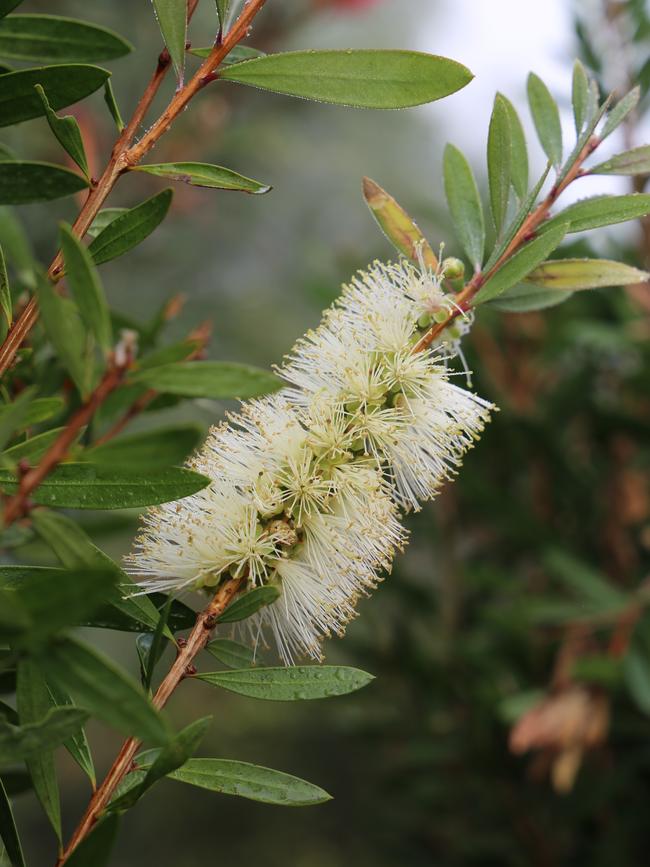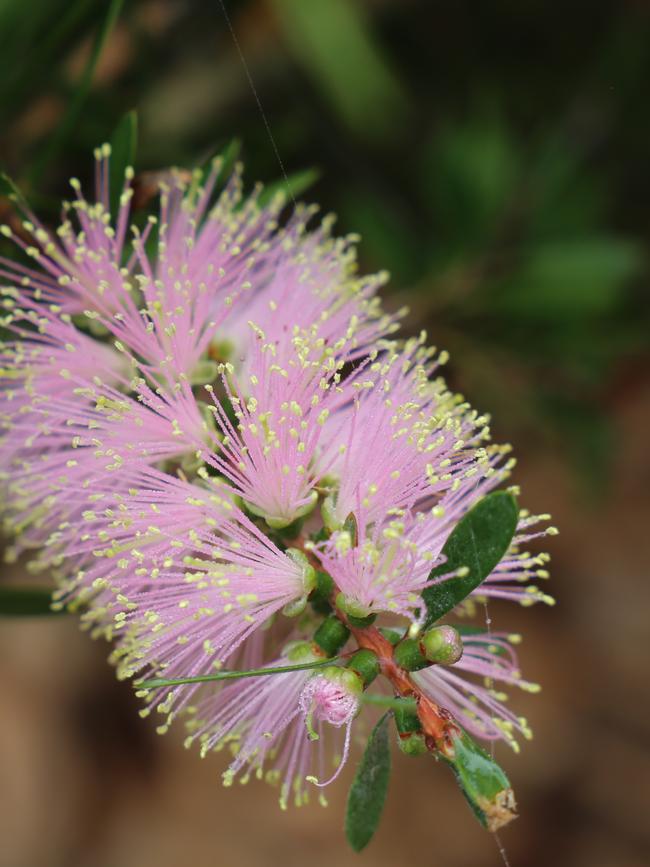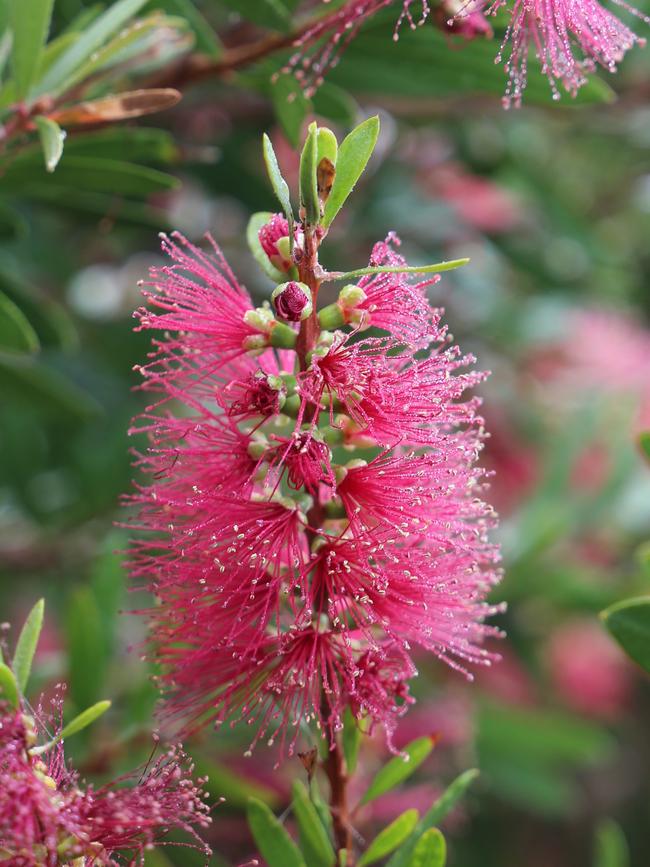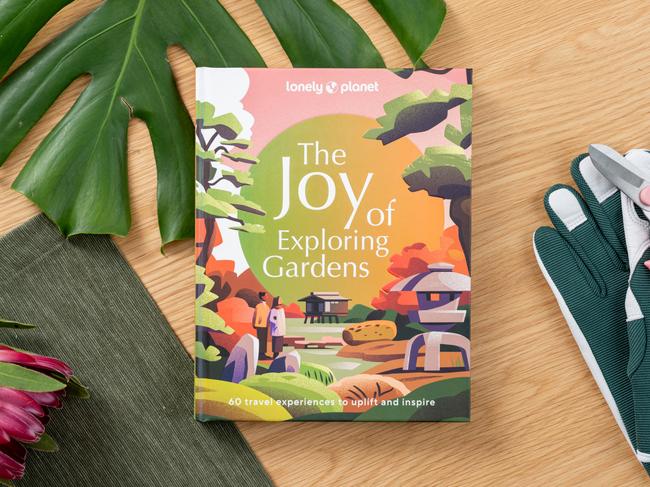Bottlebrush: how to get the best out of this glorious Australian native
Bottlebrushes are tough, easy-care plants and are great for attracting birds, bees and other insects.

Callistemons are called bottlebrushes due to the distinctive shape of their flower spikes, composed of colourful stamens. Red is the classic colour but the range includes green, yellow, mauve, pink and white – and all are great for attracting birds, bees and other insects. Flowering is usually from late spring to early summer but another flush of blooms in autumn is common.
Some have a weeping form and grow to 8m, others are large shrubs, and some grow under a metre tall. ‘Kings Park Special’ and ‘Harkness’, both red, are two of the best small trees. ‘Hot Pink’ and ‘Purple Cloud’ are beautiful medium shrubs. ‘Slim’ has a naturally narrow, upright form, ideal for tight places; it grows 3m high by 1.3m wide, with bright red blooms. Some varieties such as ‘Great Balls of Fire’ and ‘Red Alert’ have been bred as compact foliage hedges, offering bright red new growth rather than flowers. Bottlebrushes are tough, easy-care plants but prefer regular moisture and plenty of sun. Prune after flowering each year to promote bushiness and more blooms next year.
Short and Sweet
The new Colour Burst series of dwarf bottlebrushes are neat, low to mid-height shrubs that maintain their compact shape with little pruning.


They flower in spring and tolerate drought and frost once established. Stockists at ozbreed.com.au


Q&A
I discovered some sprigs of heather, I think from the Isle of Skye in Scotland, in my late mother’s travel diaries. There appear to be some seeds – how could I propagate them and will they grow here?
Don Frayne, Perth
Heather (Calluna vulgaris) is listed as an invasive weed in Tasmania and New Zealand, and is on the Alert List for Environmental Weeds for temperate Australia. That’s because it spreads easily via the lightweight and prolific seeds, which can remain viable for many decades. Heather thrives in poor conditions from sea level to alpine regions. Keep the memories but don’t sow the seeds.
Lately holes, small dirt piles and significant trenching have appeared around some of my plants, damaging their roots. I suspect root rats. How can I deal with the problem?
Nola Wright, Mount Martha, Victoria
First identify the culprits, either from their droppings or by video or live-trapping. They could be native rats or bandicoots (both are protected species), or introduced rats. Exclusion with wire mesh around plants is effective, but it needs to be buried to 200mm, with no gaps.
Our Murraya hedge is larger and healthier at the ends than in the middle, where a plane tree shades it. Could this be because mortar leaches from the end pillar boxes, raising the soil pH and boosting growth?
Cam Cosgriff, by email
High soil pH from mortar leaching would cause iron deficiency, which shows as green veins in a yellow leaf. It wouldn’t boost growth, but test the pH to check it’s in that ideal spot between 5.5-6.5. Shade and root competition from the nearby large tree could certainly inhibit growth.
Send your questions to: helenyoungtwig@gmail.com. The best question for September wins two copies of Lonely Planet’s The Joy of Exploring Gardens plus a pair of Sprout gloves and scissors from Annabel Trends, total value $125.
More Coverage








To join the conversation, please log in. Don't have an account? Register
Join the conversation, you are commenting as Logout